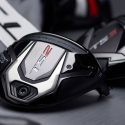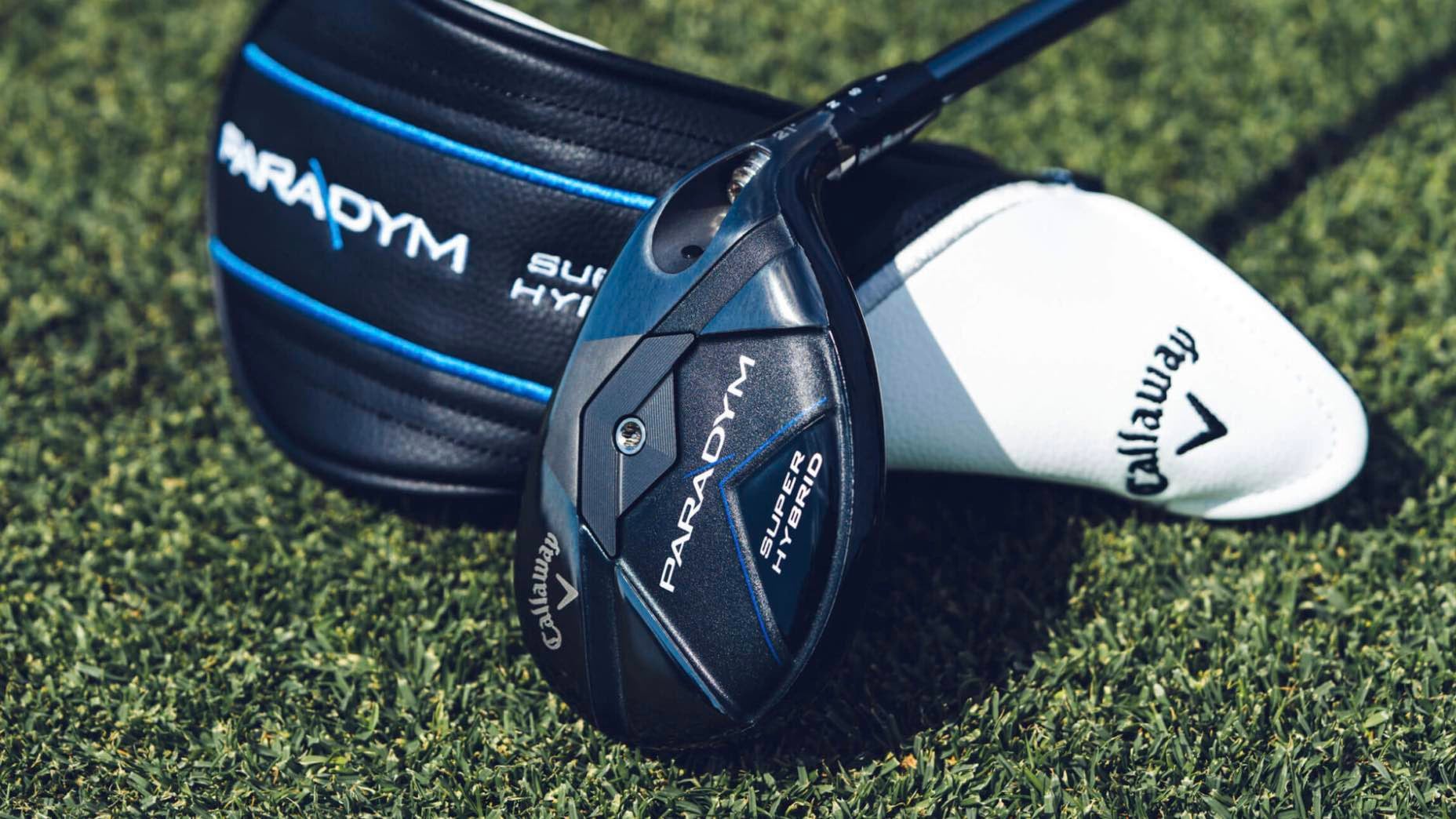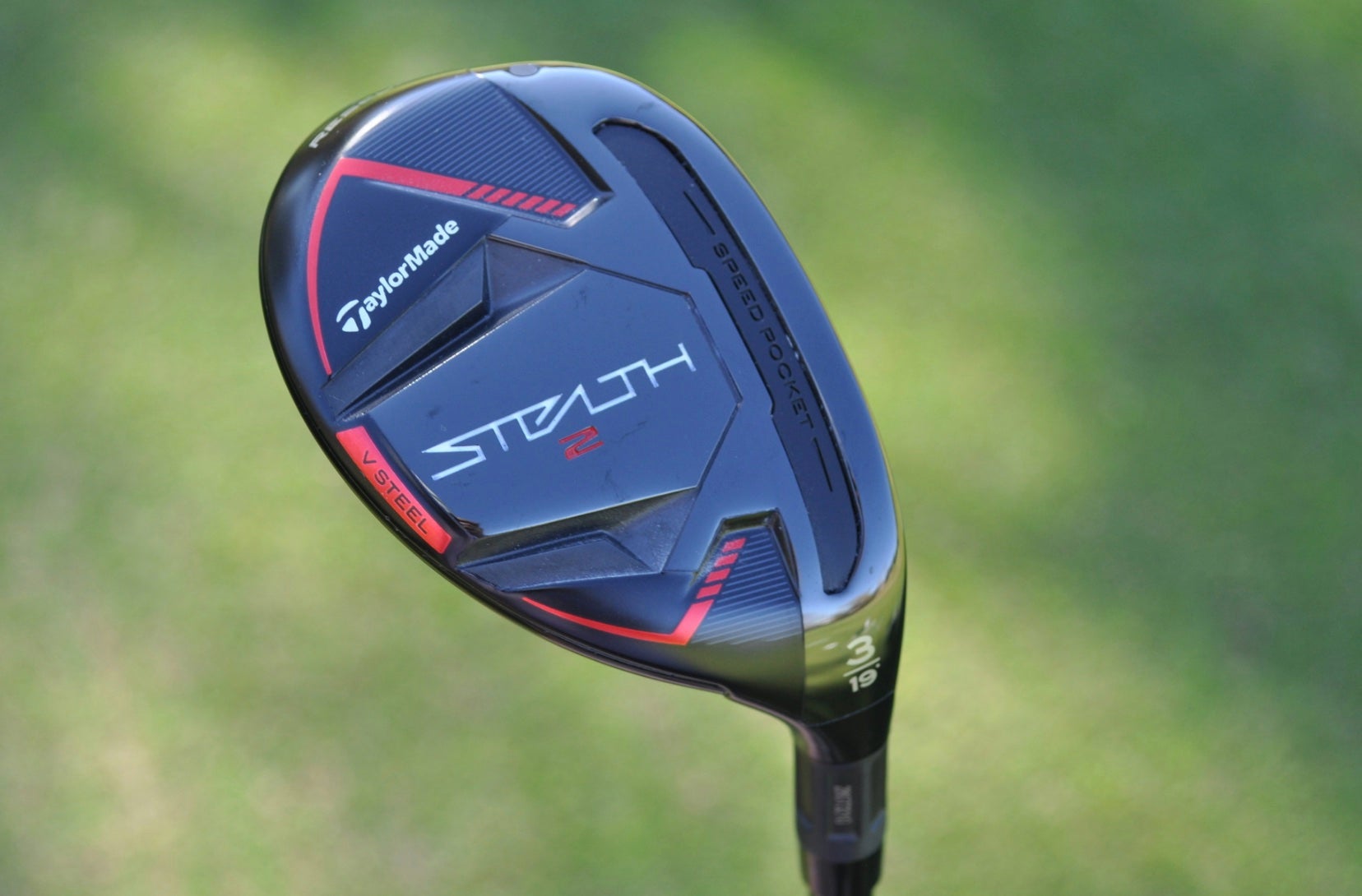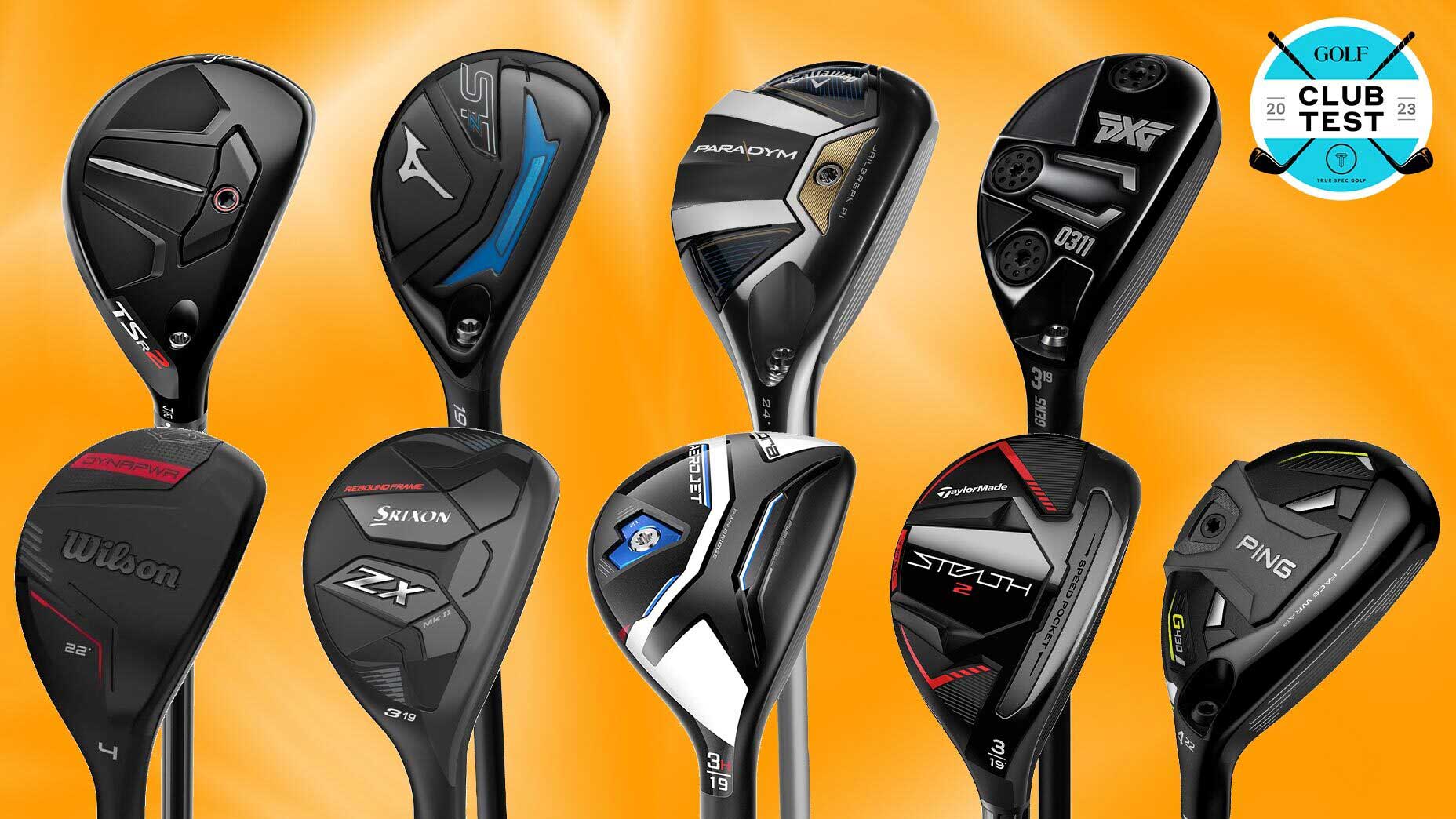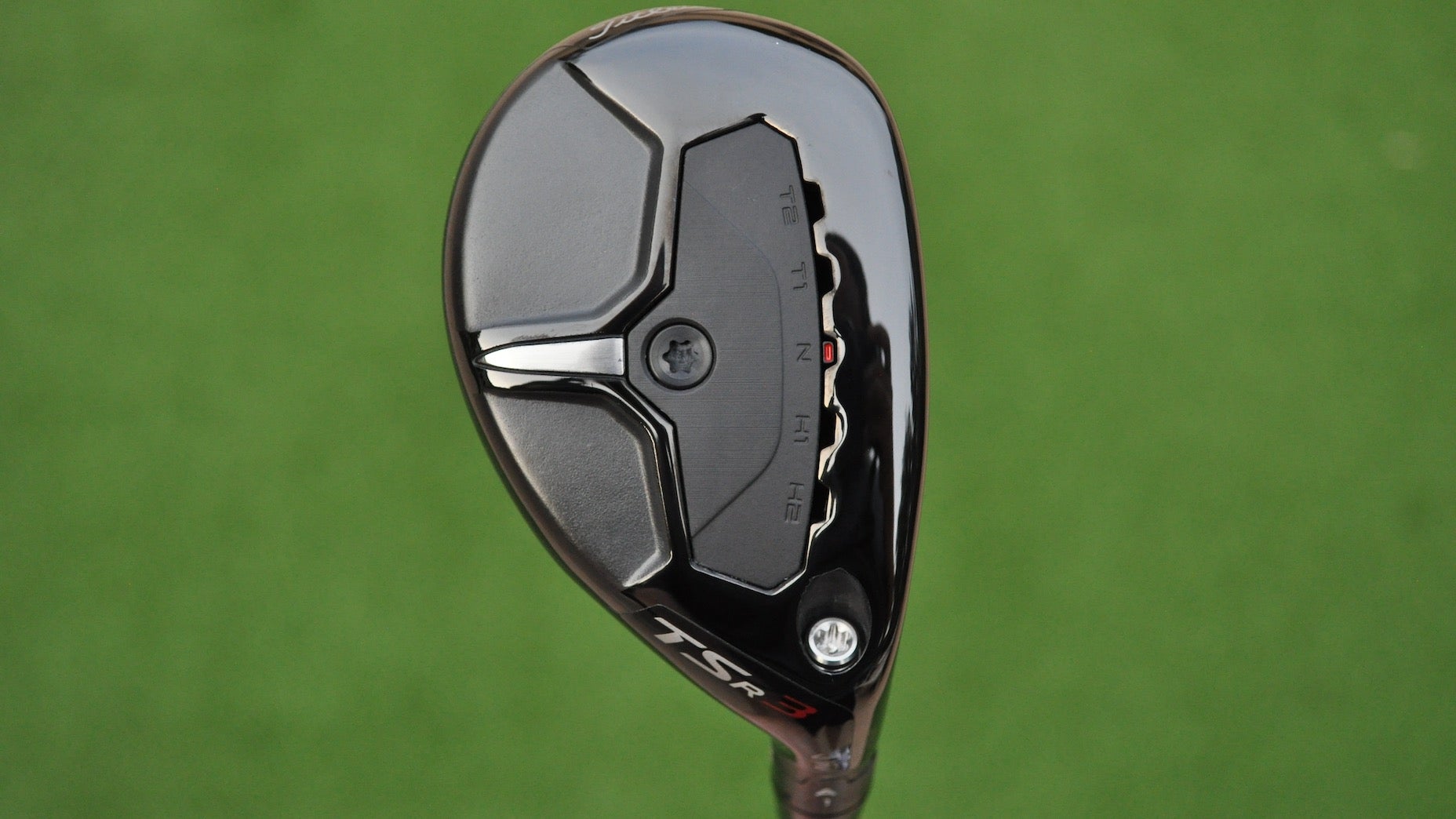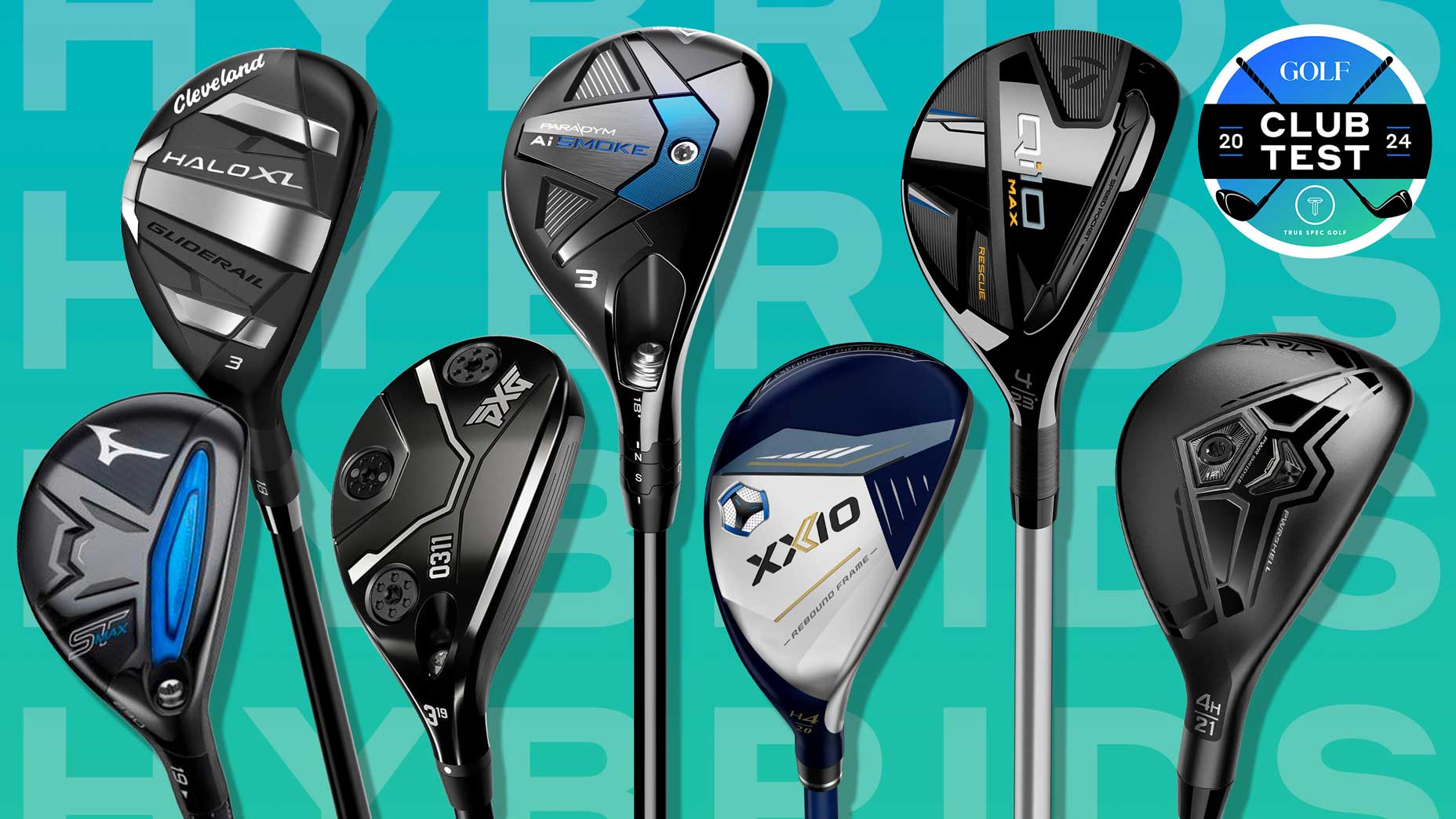 ClubTest 2024: 13 high-tech hybrids tested and reviewed
ClubTest 2024: 13 high-tech hybrids tested and reviewed
Yo, Gear Guy! Should I ditch my hybrids for driving irons?
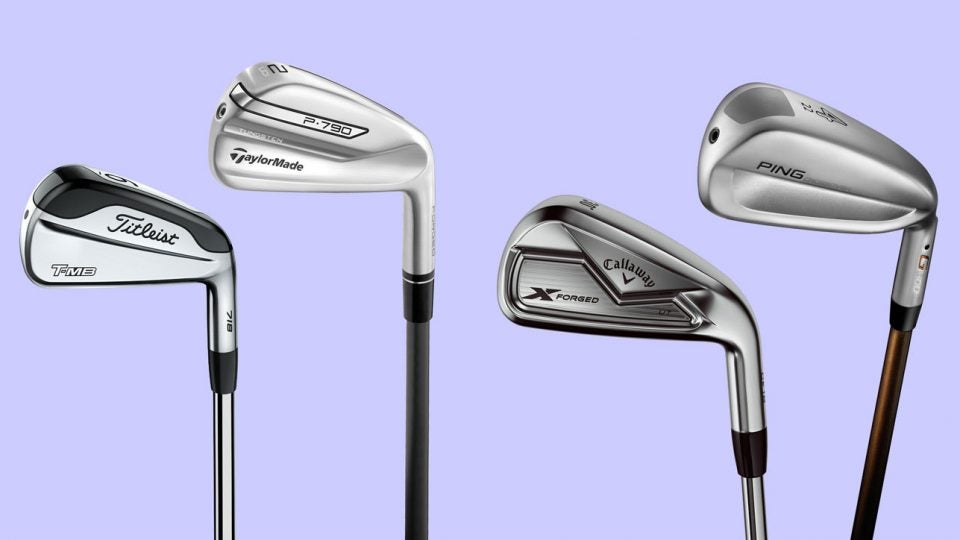
Welcome to another edition of Yo, Gear Guy!, an interactive GOLF.com series in which our resident dimplehead (a.k.a., GOLF’s deputy editor of equipment, Mike Chwasky) fields your hard-hitting golf gear questions. This week he explains the difference between hybrids and driving irons, transitioning to lighter iron shafts and more.
AxeHnd20 on Instagram: A clubfitter showed me that lighter, softer iron shafts give me better results but they don’t feel right. Should I still make the change?
That’s a very good question that a lot of players, including myself, can relate to. Aging is obviously a reality for everyone and a loss of speed, strength, and flexibility are common problems for golfers as they are for all athletes. But while the obvious solution would be to make adjustments to your gear (along with upping your fitness levels), many of us are used to the feel that comes with heavier steel shafts and solid, one-piece clubheads. When you experiment with shafts and clubs that are significantly lighter they can feel sort of rinky-dink without the same degree of feedback or “thump” at impact that has always been there during practice and play.
I’ve personally experienced this change myself and can relate – it’s difficult to lose those 125g Dynamic Gold steel shafts and one-piece forged clubheads, but I’ve done it and the change has paid huge dividends for me in terms of body health, energy levels late in rounds, and also distance, launch, and even accuracy.
The other good news about potentially changing to lighter, softer iron shafts is there are numerous options available today with more coming, as shaft designers and manufacturers have fully realized how many players can benefit. The many current options include both steel and graphite variations, depending on exactly how light you want to go. Some outstanding steel options include True Temper Elevate (55g and 95g), True Temper XP 95, and KBS Tour 80 and Tour 90. Some graphite options, which if you haven’t tried are likely to surprise you with the feel and consistency they provide, include Aerotech SteelFiber FC 70, 80, and 90, Fujikura Pro and Vista Pro, and KBS TGI Tour and Max graphite.
My advice in this case is to find a lighter shaft that not only gives you improved numbers (kudos to you for finding a trusted fitter) but also provides a feel you like, or at least don’t dislike. Feel is important in all golf clubs (and golf balls), but I find it’s much less important for full swing clubs than it is for short game tools.
Kmillsie on Instagram: I tried a 12-degree driver and hit it very well, but feel funny playing what amounts to a strong 2-wood. Can I adjust my 13.5 3-wood and use that?
Well, you could do that and it might work OK, but I highly doubt you’ll get nearly the same performance as you would with a 12-degree driver. In fact, it’s almost a certainty that your strong 3-wood will provide less ball speed and less forgiveness than a 12-degree driver and will also probably be harder to hit consistently.
Fairway woods, even modern hi-tech models, are designed to provide a balanced performance for tee shots and those struck off the deck (and typically are more geared toward the latter) and likely have more low profile clubheads, smaller clubfacea, less COR (trampoline effect), and more spin than is optimal for max distance tee shots. In contrast, a 12-degree driver (which is absolutely nothing to be ashamed of as many big time power hitters on Tour use 10.5 degree drivers these days) will feature a 460cc clubhead, much larger clubface with higher COR, a more optimized CG location for shots struck off a tee, and higher MOI, stability, and forgiveness. A 12-degree driver will likely also be significantly easier to hit right-to-left, if that’s something you’re interested in doing (great for max tee shot distance) because the clubhead will be slightly closed. Your 13.5-degree fairway wood clubhead, when cranked down to 12.5 or so, will have to be opened in order to be de-lofted, making it more likely to produce fades and slices.
ADVERTISEMENT
Often times the questions I get here don’t have clear-cut answers, but in this situation I feel pretty confident saying it’s best to go for a higher lofted driver that’s fitted to your needs. I’d also suggest being fit for your fairway wood – if you require a 12-degree driver it’s highly unlikely a 13.5-degree fairway wood is right for you, They are typically aimed at fast swingers (see Henrik Stenson, Phil Mickelson, and others) who need less loft and spin to achieve optimal results.
Rgamager90 on Instagram: It seems like Tour guys tend to use driving irons more than hybrids. I’d prefer to do the same but hybrids do seem easier to hit. What gives?
First off, if hybrids are easier for you to hit why would you “prefer” to play a driving iron? I know driving irons look cooler in the bag and feel nicer to some players, but they’re a lot like long irons – if you don’t have plentiful swing speed and the ability to strike the ball flush on a regular basis, they tend not to work very well. In fact, you could make a strong argument that any iron under around 23- or 24-degrees is not well designed to launch the ball off the ground for anyone with less-than-Tour level swing speed (even those guys often don’t play anything less than a 4-iron). The reason – moving the CG location away from the face significantly increases MOI (forgiveness) and launch and simply makes a club much easier to hit.
Think about two clubs that currently dominate golf, 460cc titanium drivers and high MOI mallets. What do those seemingly disparate sticks have in common? They both have a lot of weight away from the clubface, making them much more user friendly for a wide range of players. So it’s not surprising that when it comes to the lower lofted side of an iron set the best option for a lot of players, including many professionals, is a hybrid or hybrid-like iron.
My advice here is probably pretty easy to guess – go with what gives you the best numbers and best performance and forget about other considerations. Golf’s a tough game and I always choose my personal gear based on what will give me the best scoring advantage – you should do the same.
To receive GOLF’s all-new newsletters, subscribe for free here.
ADVERTISEMENT



